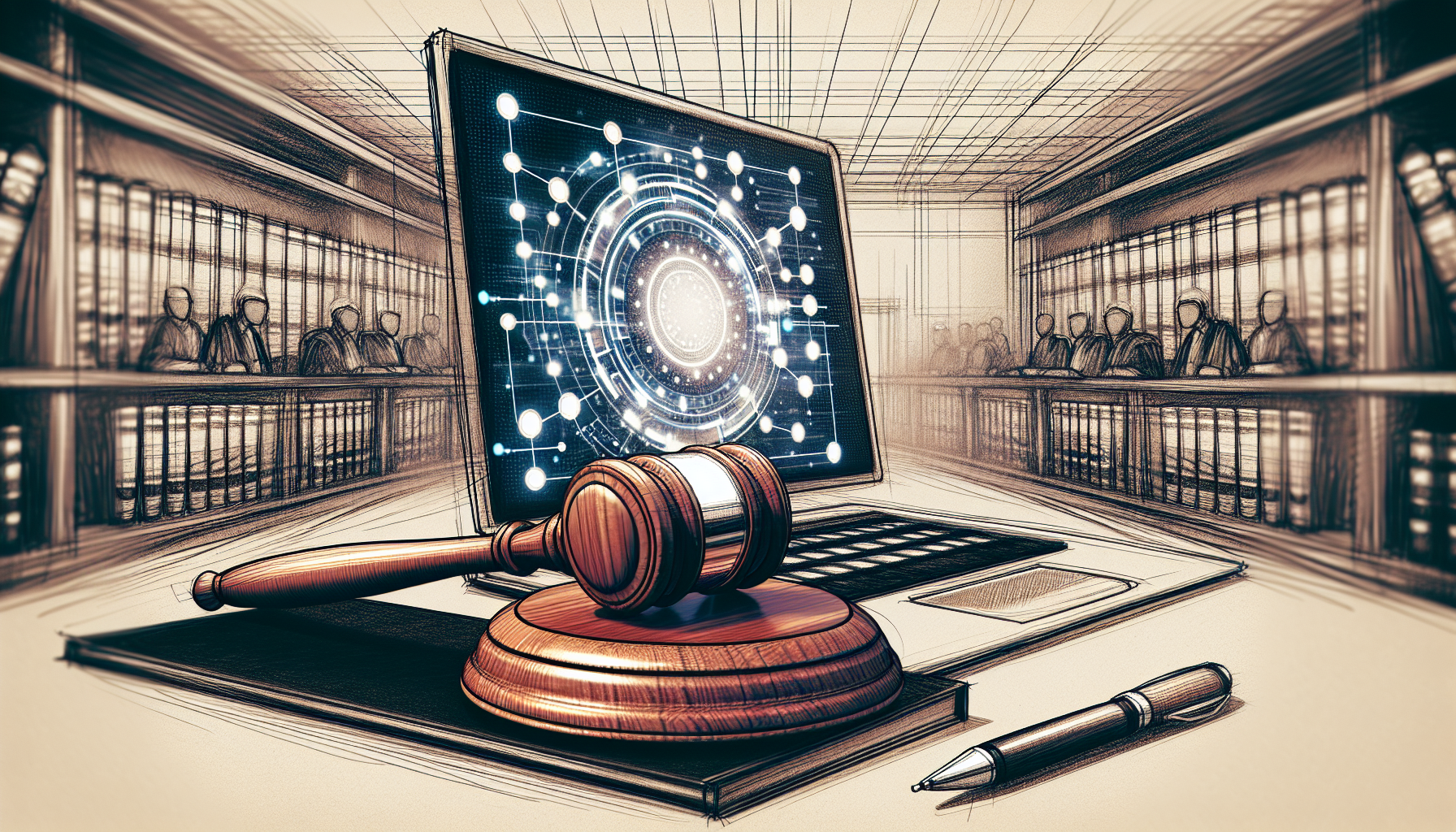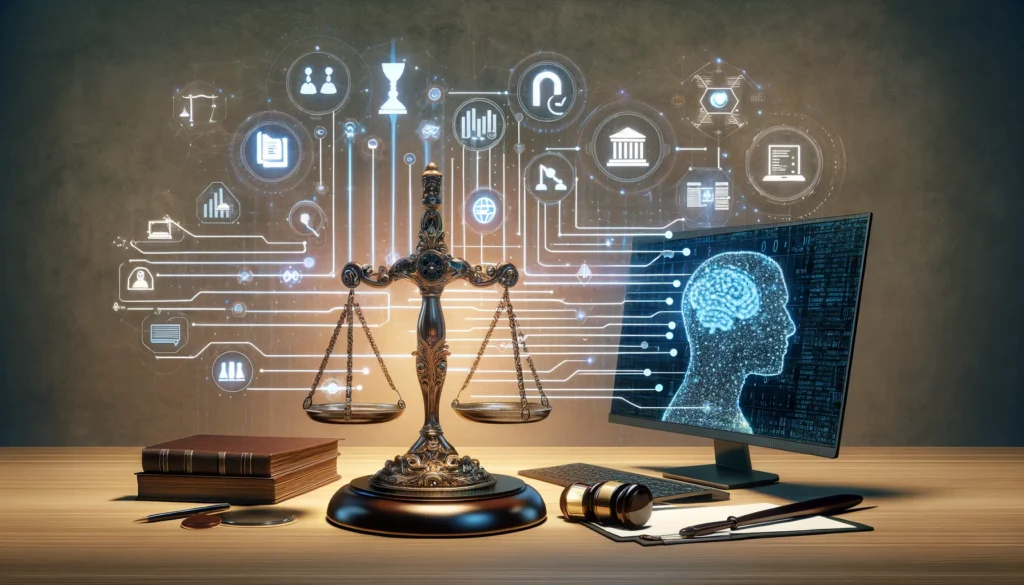
Setting the Stage: The Modern Role of Paralegals in Tax Documentation
The responsibilities of paralegals in corporate tax documentation have significantly evolved. Today, paralegals are entrusted not just with basic administrative tasks, but with the crucial role of drafting and reviewing complex tax documentation. Efficiency and accuracy are paramount, particularly with the ever-changing landscape of tax laws and regulations.
In this context, ensuring that documents are properly prepared and compliant is non-negotiable. The adoption of advanced technologies, primarily AI, can dramatically aid paralegals in meeting these stringent requirements, thereby enhancing overall productivity and precision.
Harnessing AI Power: An Overview of ChatGPT and Other LLMs
**ChatGPT** and other Large Language Models (LLMs) are becoming indispensable tools in various professional sectors, including legal. These AI systems, designed to understand and generate human-like text, offer a myriad of functionalities beneficial for paralegals.
By leveraging AI, paralegals can experience enhanced research capabilities, streamlined document drafting, and improved information retrieval processes. The integration of these tools can address the dual objectives of efficiency and precision, transforming the way legal tasks are conducted.
Precision Prompts: Crafting the Perfect Query
Crafting effective prompts is crucial to harnessing the full potential of ChatGPT. Precision in language ensures accurate information retrieval, which is vital for tax documentation.
**Techniques for Effective Prompts:**
- Be Specific: Specificity helps ChatGPT deliver more relevant answers. For instance, instead of asking *“What are the tax deductions for a corporation?”*, specify the industry and any relevant context.
- Use Direct Language: Queries like *“List the steps for preparing a corporate tax return for a tech startup”* elicit clearer responses.
- Incorporate Contextual Information: Providing context such as relevant years or jurisdictions can yield more accurate results.
- Examples of Nuanced Prompts: Tailoring prompts can lead to better outputs. *“How should the entertainment expense policy be documented for tax purposes in California for FY 2022?”* is a more effective prompt.
Combining these techniques ensures the extraction of precise and actionable information, setting the stage for the next phase of document drafting.
Document Drafting: Speeding Up Preparation and Review
Using ChatGPT for drafting initial versions of tax documents can significantly cut down on preparation time. By generating a foundational draft, paralegals can then focus on refining and ensuring compliance.
**Best Practices:**
- Template Utilization: Use existing templates and integrate AI to fill them out efficiently.
- AI-Assisted Drafting: Generate an initial draft through prompts like, “Create a draft of a corporate tax return for a retail company in New York.”
- Review and Compliance: AI drafts should be reviewed meticulously. Always cross-check with up-to-date tax laws and ensure all entries comply with the current regulations.
Applying these practices ensures that AI-generated drafts are not only quick but also align with legal norms and standards. With the drafting process streamlined, focus can now shift to data extraction and summarization.
Data Extraction and Summarization: Turning Complex into Concise
Extracting key information from voluminous documents can be time-consuming. AI technologies can simplify this by quickly identifying and summarizing pertinent information, making it manageable and actionable.
**Summarization Techniques:**
- Selective Extraction: Use prompts like, “Extract all instances of deductible expenses from the attached document.”
- Concise Reporting: Summarize lengthy documents by asking, “Summarize the attached 50-page tax code document focusing on new amendments for 2022.”
Such capabilities allow paralegals to turn complex information into concise reports and notes, thereby facilitating easier understanding and quicker decision-making.
Automating Routine Tasks: Streamlining Workflow
Many routine tasks in tax documentation are ripe for automation. Identifying these tasks can save considerable time and effort, allowing paralegals to focus on more critical functions.
**Potential Automation Areas:**
- Data Entry and Validation
- Schedule and Deadline Management
- Document Formatting and Standardization
**Integration Strategies:**
Leveraging AI tools such as ChatGPT for these tasks can be achieved via seamless integration into daily workflows, maximizing efficiency and accuracy.
Tackling Challenges: Ensuring Data Privacy and Accuracy
Despite the advantages, concerns about data privacy and accuracy when using AI tools are valid and must be addressed proactively.
**Data Privacy Measures:**
- Ensure encrypted data transmission.
- Implement strict access controls.
**Accuracy Audits:**
- Regularly review AI-generated content.
- Cross-reference with updated legal sources.
By addressing these challenges, the integrity and reliability of AI-assisted processes can be maintained.
Future-Proofing Your Skills: Continuous Learning and Adaptation
As technology evolves, so must the skills of legal professionals. Ongoing education and adaptation are key to staying relevant in a rapidly changing landscape.
**Resources for Continuous Learning:**
- Online courses on AI and legal technologies.
- Industry webinars and workshops.
- Professional networks and journals.
Staying updated ensures that one can effectively leverage new advancements and maintain a competitive edge.
Bringing It All Together: Practical Tips and Final Thoughts
The integration of ChatGPT and other AI tools into corporate tax document preparation presents an unprecedented opportunity to enhance efficiency and accuracy.
**Key Takeaways:**
- Craft precise prompts for effective AI utilization.
- Leverage AI for initial drafts but ensure thorough reviews.
- Utilize AI for data extraction and summarization to manage complex information.
- Identify and automate routine tasks to streamline workflows.
- Maintain data privacy and regularly audit for accuracy.
- Engage in continuous learning to stay ahead of technological advancements.
In embracing these strategies, paralegals can significantly transform their approach to tax documentation, achieving greater heights of efficiency and accuracy.


